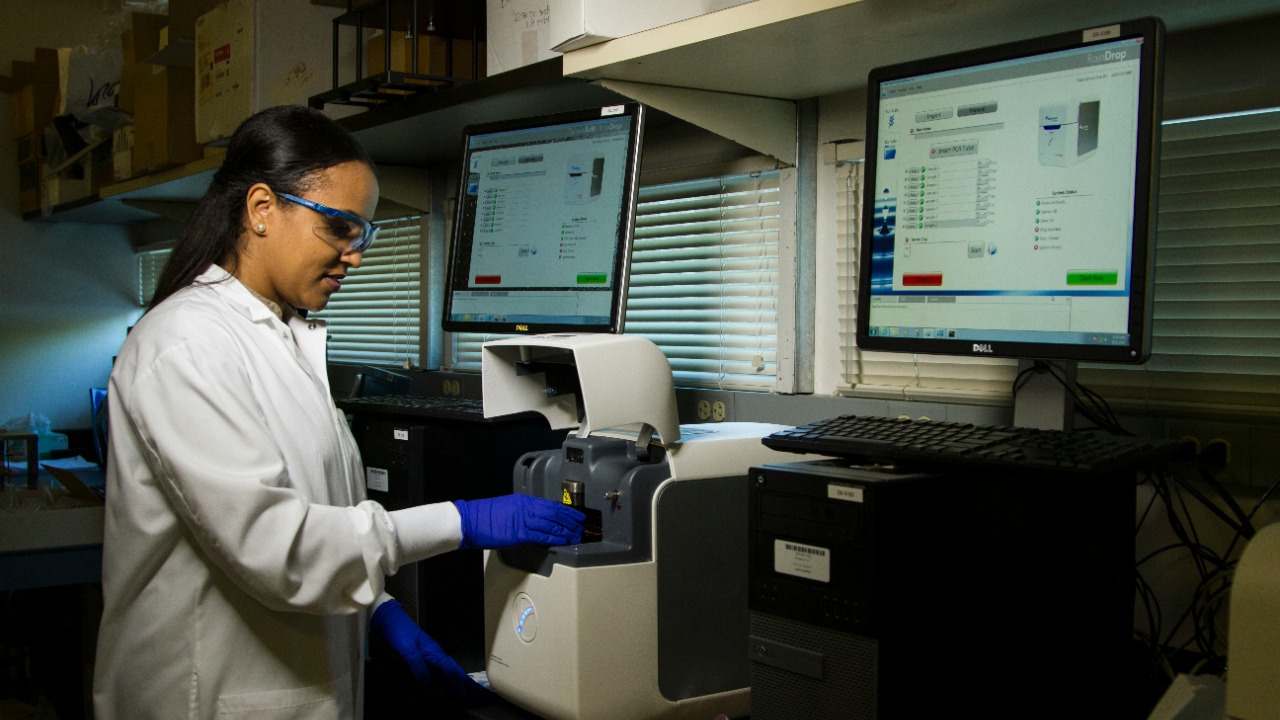
The quest for practical immortality has long been a subject of human fascination, and recent advancements in science and technology suggest that it might be closer than ever before. With experts predicting the possibility of achieving significant life extension by 2050, it’s crucial to examine whether we are truly on track to make dying a thing of the past. Exploring the current state of research and development in the field of life extension, the challenges that remain, and the ethical implications of achieving practical immortality gives us insight into this potential future.
Technological Advancements in Life Extension

Biotechnology and Genetic Engineering
Breakthroughs in CRISPR and other gene-editing technologies offer promising avenues for reversing aging and eliminating age-related diseases. Scientists have already demonstrated success in using CRISPR to extend the lifespans of test animals by editing genes related to aging and cellular repair. Such advancements bring us closer to the possibility of humans living significantly longer lives.
In addition to CRISPR, other biotechnological innovations like senolytic drugs are being developed to target senescent cells that contribute to aging. These drugs aim to clear out damaged cells, thereby rejuvenating tissues and potentially extending lifespan. While these technologies are still in their infancy, they hold the potential to revolutionize how we approach aging and age-related diseases.
Nanotechnology and AI Integration
Nanobots are another exciting development in the quest for life extension. These microscopic robots could eventually perform cellular repair tasks, removing damaged cells and regenerating tissues. Coupled with artificial intelligence, nanotechnology could enable personalized medicine tailored to individual genetic profiles, optimizing health management and potentially delaying the onset of aging.
AI’s role in predictive health management is also expanding. Machine learning algorithms can now analyze vast amounts of health data to predict diseases before they manifest, offering preventive measures that could extend life. The integration of AI in healthcare is rapidly advancing, making it a key player in the future of life extension technologies.
Cryonics and Mind Uploading
The concept of preserving human consciousness through cryonics remains a topic of both fascination and skepticism. While current cryopreservation methods are still controversial and unproven for humans, research continues into improving these techniques. The ultimate goal is to safely preserve and revive individuals in the future when technology has advanced enough to cure their ailments or extend their lives.
Mind uploading, or digital consciousness transfer, is another speculative but intriguing avenue. This concept envisions a future where human consciousness could be transferred to a digital medium, potentially allowing for a form of immortality. While this technology is far from realization, it raises profound questions about identity and what it means to be human.
Current Challenges and Limitations

Scientific and Technical Hurdles
Despite the advancements, significant scientific challenges remain in understanding the complexities of human biology and the aging process. The biological mechanisms of aging are not yet fully understood, and unraveling these mysteries is crucial for developing effective life extension technologies. Furthermore, ensuring the safety and efficacy of such treatments poses a considerable challenge for researchers.
Technical hurdles also include the scalability of these technologies. Creating solutions that work consistently across diverse human populations requires overcoming significant obstacles in both research and application. Additionally, developing technologies that can be mass-produced and distributed efficiently remains a critical challenge.
Economic and Accessibility Concerns
The potential costs associated with life extension technologies are another significant barrier. These innovations could exacerbate existing socio-economic divides, offering extended lifespans only to those who can afford them. Ensuring equitable access to these technologies is crucial to avoid widening the gap between the wealthy and the less fortunate.
Addressing these concerns requires proactive policy-making to ensure that life extension technologies do not become a luxury available only to a privileged few. This involves discussions around healthcare funding, insurance coverage, and international cooperation to make these advancements accessible to a broader population.
Regulatory and Safety Issues
As with any emerging technology, robust regulatory frameworks are essential to ensure the safety and ethical use of life extension methods. Governments and international bodies will need to establish guidelines to oversee the development and application of these technologies, balancing innovation with public safety.
Regulation must also address ethical considerations, such as potential misuse or unintended consequences of life extension technologies. Engaging with ethicists, scientists, and policymakers is vital to develop a comprehensive regulatory approach that addresses both current and future challenges.
Ethical and Societal Implications

Impact on Population Growth and Resources
The potential for increased human lifespans poses significant questions about the impact on global population dynamics and resource consumption. Longer lifespans could exacerbate issues related to overpopulation, strain on natural resources, and environmental sustainability. Addressing these challenges requires careful planning and global cooperation to ensure a sustainable future.
Moreover, societal structures may need to adapt to accommodate longer lifespans, potentially impacting everything from retirement age to healthcare systems. These changes will require comprehensive policy adjustments and forward-thinking strategies to manage the implications of practical immortality.
Redefining Aging and Death
The possibility of practical immortality might alter societal perceptions of aging, death, and the value of human life. As life extension becomes more feasible, traditional notions of aging could evolve, affecting everything from personal identity to cultural norms around life milestones.
Moreover, redefining death in the context of potential immortality raises philosophical questions about what it means to be human. Engaging with these ethical debates will be crucial to navigate the societal changes that accompany advancements in life extension technologies.
Moral and Philosophical Considerations
Pursuing immortality raises complex moral and philosophical questions, including debates around naturalism, identity, and the human experience. Some argue that extending life indefinitely could diminish the value of individual experiences, while others believe it offers an opportunity to explore the full range of human potential.
These considerations require a nuanced discussion involving diverse perspectives to navigate the ethical landscape of life extension. As we move closer to potential immortality, engaging with these questions will be essential to ensure that technological progress aligns with societal values and ethical principles.